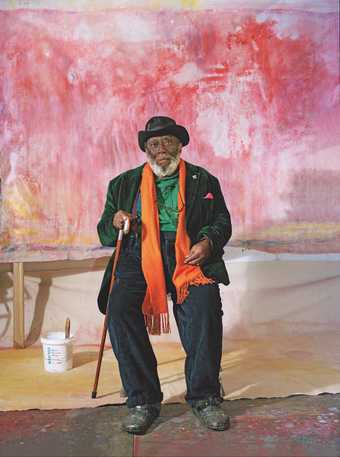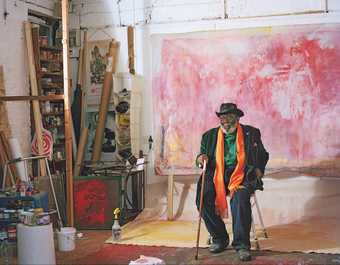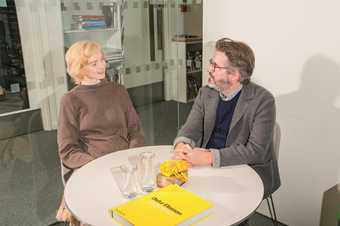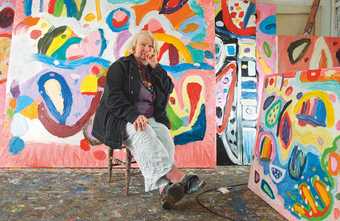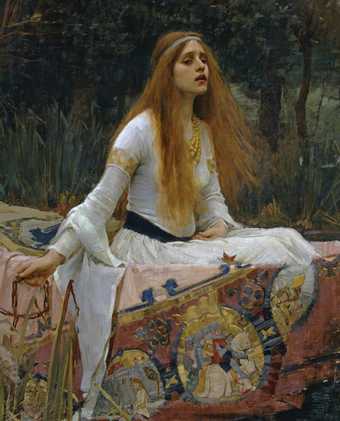Editor's Note
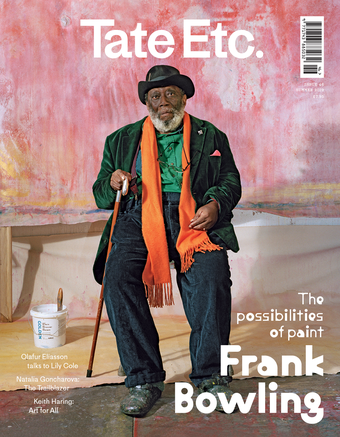
It is astonishing to think that, at the age of 32, the Russian artist Natalia Goncharova exhibited over 800 works in what was the first one-woman show in Russia in 1913. An artist of huge talent, Goncharova repeatedly challenged the limits of artistic, social and gender conventions to become a trailblazer of art and design, acknowledged as such by her male colleagues.
From where did Goncharova acquire this compulsion to make art? Was she inspired by the 1905 Russian Revolution, a time that radicalised the intelligentsia? We know that her subsequent works, as Christina Lodder writes: ‘challenged the rules and expectations that the contemporary establishment imposed on her – both as an artist and as a woman.’
With comparable drive, the Guyana-born, British artist Frank Bowling has persistently questioned the nature of art since he began painting in the 1950s. When the artist moved to New York in the mid-1960s he would become an important critical voice, not only through his writing about Black art (at the height of the civil rights movement) but also through his curatorial support of African-American artists such as Melvin Edwards and Jack Whitten. He still continues to push the possibilities of paint in works that reflect (among many influences) a deep knowledge of art that encompasses the British landscape painters, including Turner and Constable.
The late Keith Haring came to believe in the democratisation of art, partly inspired by a film about Christo’s 24-mile-long Running Fence, which extended across the Californian landscape. Here was an artwork, he felt, that everyone could enjoy. He had the same sense when he produced his initial chalk drawings on the New York subway, the first of his strident public works – many of which today survive across the world.
Haring believed that art had the ability to bring awareness to important social causes. Similarly, Olafur Eliasson has eloquently articulated – through his artwork, writing and collaborations – what culture can bring to society, and is convinced that art has a significant role to play. ‘Culture,’ he says, ‘is where identity, history and belonging are evaluated and formed … on a contemplative, spiritual, deeply emotional societal level – both individually and collectively.’ One imagines Natalia Goncharova would agree.

